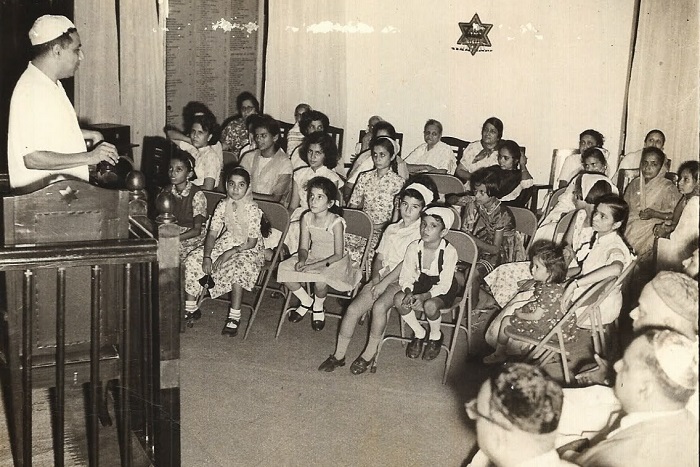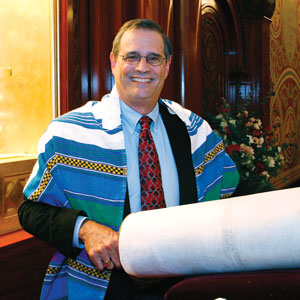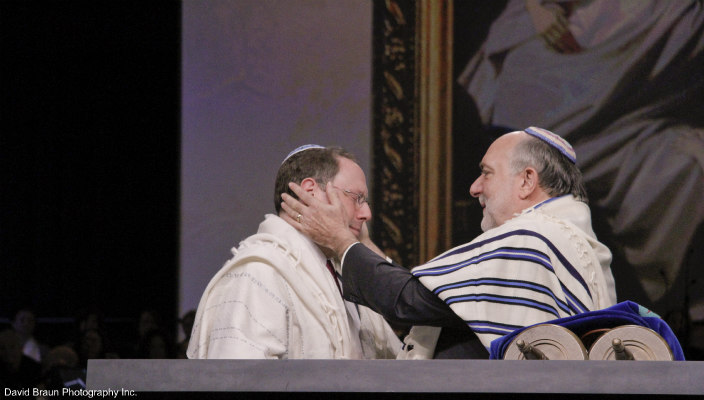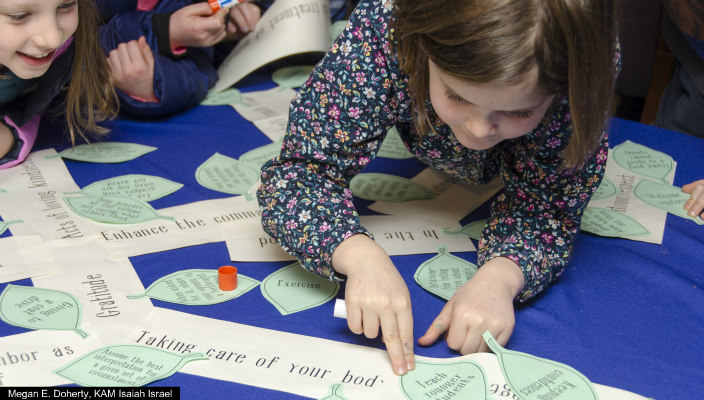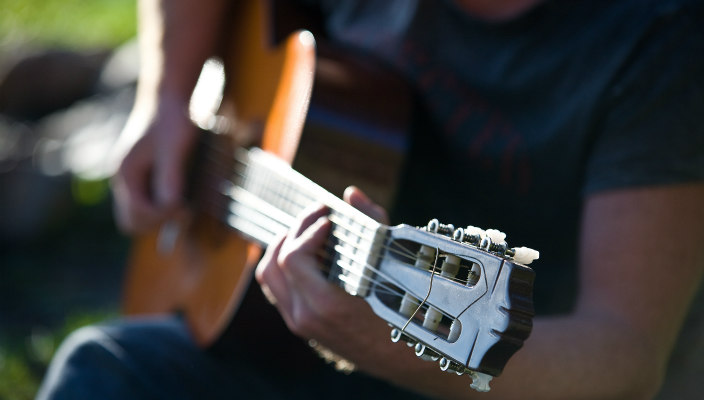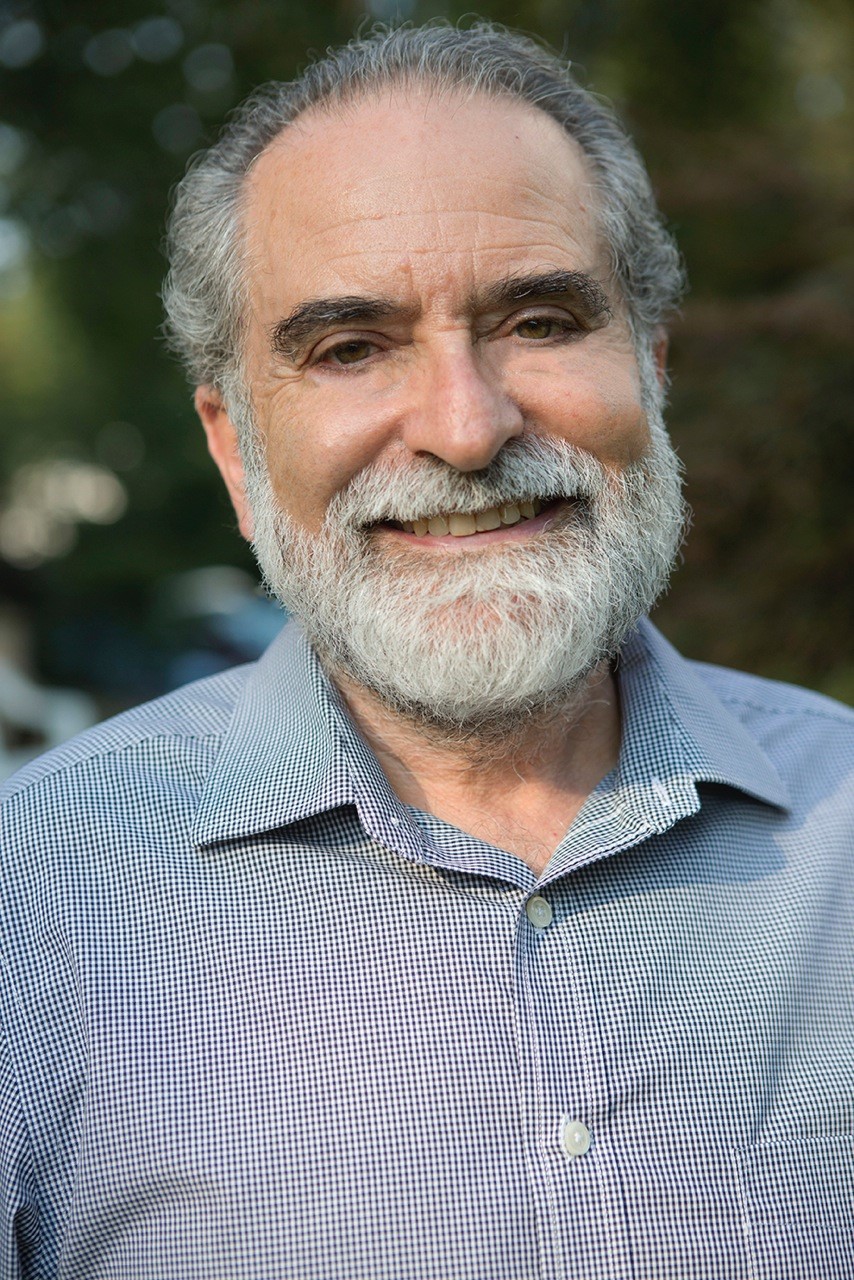
Aron Hirt-Manheimer (he/him) is the Union for Reform Judaism's former editor-at-large, the former editor of Reform Judaism magazine (1976-2014) and founding editor of Davka magazine (1970-1976), a West Coast Jewish quarterly. His books include Jagendorf’s Foundry: A Memoir of the Romanian Holocaust (HarperCollins, 1991) and Jews: The Essence and Character of a People (HarperCollins, 1998) with Arthur Hertzberg. (Photo credit: Rose Eichenbaum)
It’s Never Too Late To Begin: Remembering Rabbi Lawrence Raphael, z”l
Rabbi Larry Raphael, z”l, died on March 17, 2019 at the age of 74. Read his thoughts on the blessings of lifelong Jewish learning.
The Genesis of My Rabbinic Calling: An Interview with Rabbi Aaron Panken, z"l
Rabbi Aaron Panken, Ph.D, was interviewed by the editors of Reform Judaism magazine on the occasion of his assuming the presidency of Hebrew Union College-Jewish Institute of Religion on January 1, 2014.
Taking Stock of Reform Jewish Education
Reform Jewish education has changed radically since 1955, when the National Association of Temple Educators (now the ARJE) was founded.
What Got Jews in the Pews to Sing?
Synagogue music experienced a radical transformation in the late 1960s, as sing-along tunes that originated in youth group and camp settings replaced the earlier performance-oriented style. The duo, Kol B’Seder, made up of Rabbi Daniel Freelander, then a voice major at the Hartt School of Music, and Cantor Jeff Klepper, then a Kutz Camp-trained song leader, helped usher in the new era of Jewish liturgical folk music. Their 1973 setting of “Shalom Rav,” like Debbie Friedman’s “Mi Shebeirach,” have since become so ubiquitous worldwide as to be considered traditional.
I asked Rabbi Freelander, who is now executive director of the World Union for Progressive Judaism, how a small cadre of camp-based singer-songwriters launched a revolution that got Reform Jews singing in the pews.
Give to the URJ
The Union for Reform Judaism leads the largest and most diverse Jewish movement in North America.

